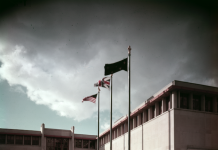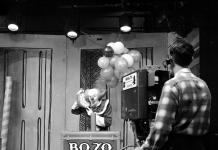
There was a time β and it wasnβt really so long ago β when social clubs were not only exclusive, but exclusionary. Minorities, including African Americans, Asian Americans, Latinos, Jews, and Catholics, were often barred from the most prestigious clubs, no matter their social standing or financial status. Women, too, were routinely denied membership.Μύ
Exclusion was often implicit rather than explicit. Bylaws didnβt always transparently state the exemption of certain groups, but the implication was clear. For instance, a 1927 Detroit Club booklet states that membership at the downtown establishment βshall be confined to the male sex and each member shall be not less than twenty-one years of age.β There was no explicit mention of race or religion, but itβs not a wild guess that membership in the 1920s was far from diverse at the Detroit Club, Detroit Athletic Club, Detroit Golf Club, the Country Club of Detroit, or at any of several other such places in metro Detroit.Μύ
Minorities may have been snubbed, but they werenβt deterred; many groups started their own clubs. Thatβs how the Nacirema Club, an organization of Black male professionals (women were offered membership decades later), got its start in 1922-23. This image shows well-dressed members and likely their wives, many donning cloche hats, which were fashionable in the β20s. The Nacirema Club was the first African American social club in Michigan and still stands today. Itβs no coincidence that the name Nacirema is βAmericanβ spelled backward, likely a tongue-in-cheek reference to the fact that regardless of how the broader society viewed them, members were nonetheless Americans.Μύ
The Nacirema Club, built in 1920-21 as a two-story brick home at 30th and Milford streets, was in a neighborhood off the Tireman corridor that came to be known later among African Americans of a certain age as the βOld Westside.β Blacks began moving there in the β20s, as the great migration north made the lower eastside African American neighborhood known as Black Bottom too crowded. The building was placed on the National Register of Historic Places in 2011.Μύ
|
| Μύ |
|








